Disclosure: This article contains affiliate links. We may earn a commission from purchases at no extra cost to you, which helps our travel content.
Rivers have always been the lifeblood of human civilization—not merely as physical resources but as spiritual entities that shape cultural identities across continents. My doctoral research on river-based spiritual practices has taken me from the misty banks of the Urubamba in Peru to the sacred ghats of Varanasi, but this autumn brought a particularly illuminating juxtaposition: two weeks divided between Austria's Wachau Valley along the Danube and Mali's ancient river port of Mopti on the Niger. Despite being separated by thousands of kilometers and distinct cultural histories, these communities share remarkable parallels in how water shapes daily life, spiritual practice, and cultural resilience. This comparative journey wasn't merely academic fieldwork—it became a deeply personal meditation on how rivers continue to define humanity across seemingly disparate worlds.
The Rhythms of River Life: Daily Practices in Wachau and Mopti
The Wachau Valley greets visitors with a landscape that seems plucked from a fairytale—terraced vineyards climbing steep hillsides, medieval villages nestled along bends in the Danube, and stone fortresses standing sentinel above. My first morning there, I rose before sunrise, wrapping myself in a light jacket against the autumn chill. From my small pension in Dürnstein, I watched fishermen prepare their boats, their movements practiced and economical—a dance performed for generations.
Just days later, I found myself on a wooden pinasse boat in Mopti, Mali's Venice of the desert, as locals call it. Here, the Niger River serves not as scenic backdrop but as main thoroughfare, marketplace, and communal space. Families bathed at the water's edge while women washed clothes on flat stones, rhythmically slapping fabric against the rock—a sound that carries across water like percussion.
In both places, I documented how the river dictates daily schedules. In Wachau, vineyard workers rise with the sun to harvest grapes before midday heat, their patterns aligned with seasonal shifts in the Danube's flow. In Mopti, fishermen of the Bozo ethnic group time their departures by water levels rather than clocks, their knowledge of the Niger's moods passed through generations.
For my fieldwork, I relied heavily on my field recorder to capture these soundscapes—the gentle lap of the Danube against stone embankments contrasted with the bustling cacophony of Mopti's river port. These audio recordings have become invaluable ethnographic data, revealing how river sounds form the acoustic backdrop of daily life in both regions.
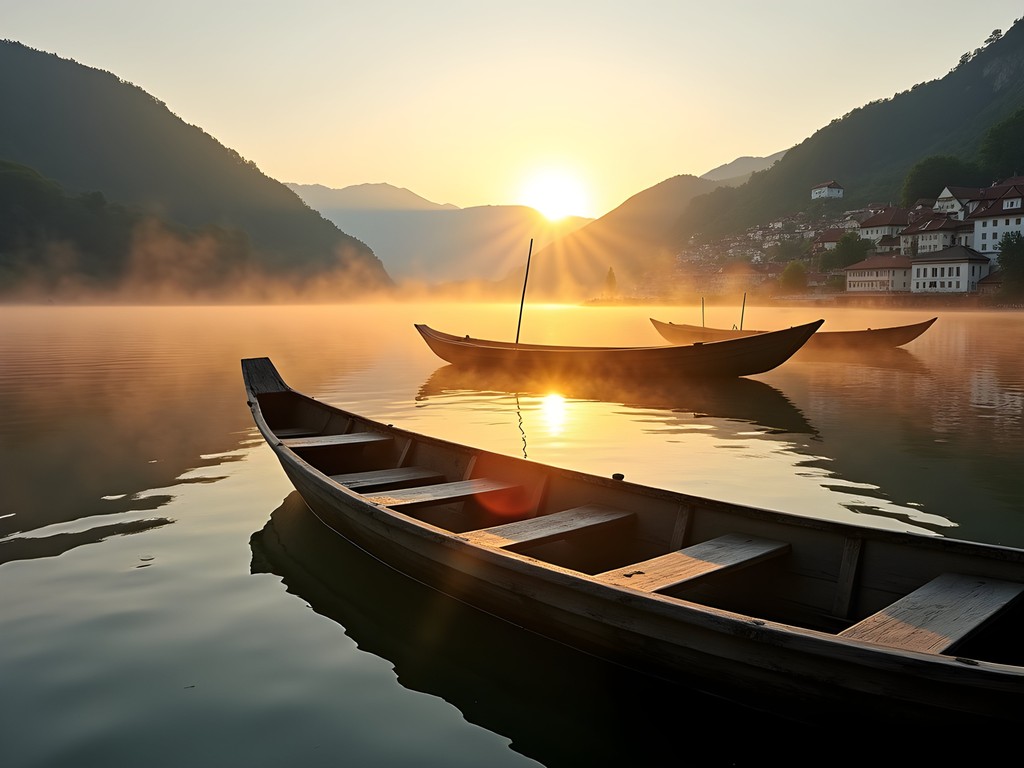
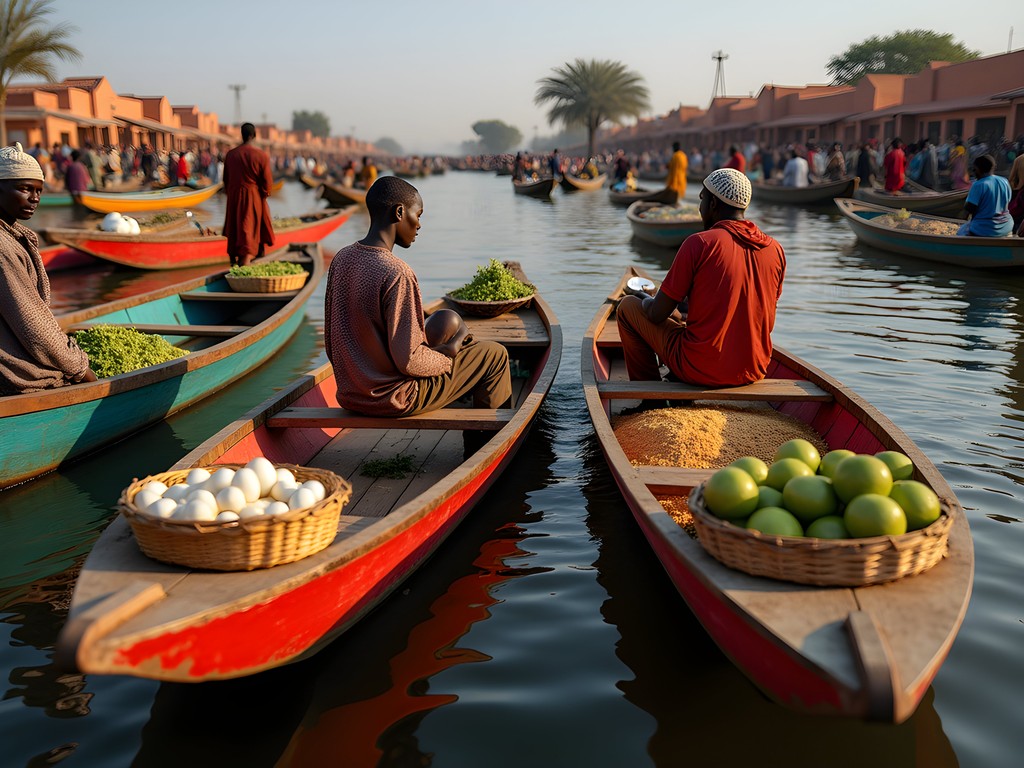
💡 Pro Tips
- Learn basic greetings in both German and Bambara to show respect when documenting local practices
- In Mopti, always ask permission before photographing people at the river—water activities can be both practical and spiritual
- Visit Wachau's vineyards during harvest season (September-October) to witness traditional pressing techniques that haven't changed in centuries
Spiritual Currents: Water Rituals and Beliefs
My academic focus on river-based spiritual practices found rich material in both locations, though expressed in starkly different ways. In Wachau, Christianity has absorbed and transformed earlier pagan water veneration. During my stay, I witnessed the Erntedankfest (harvest thanksgiving) where vineyard owners brought their first pressed wines to the Danube-facing church in Weissenkirchen for blessing—a ritual that tacitly acknowledges the river's role in creating the region's renowned Grüner Veltliner wines.
One elderly winemaker, his hands gnarled from decades tending vines, explained how his family still observes the old custom of pouring the first drops of new wine into the Danube—"to thank the river for good weather," he said with a wink that suggested both Christian observance and something older, more primal.
In Mopti, spiritual connections to the Niger are more explicit and diverse. I spent several days with Bozo fishermen who perform water ceremonies before major fishing expeditions. These rituals involve offerings to river spirits that have protected their ancestors for centuries. What struck me most was how these practices have adapted to incorporate Islamic elements while maintaining their essential character—a testament to cultural resilience.
For documenting these ceremonies, my travel journal became indispensable. While photography was sometimes prohibited during spiritual moments, detailed sketches and notes allowed me to record nuances that might otherwise be lost. I've found that the physical act of writing and drawing creates a different kind of ethnographic record—one that engages multiple senses and often captures emotional subtleties digital documentation misses.
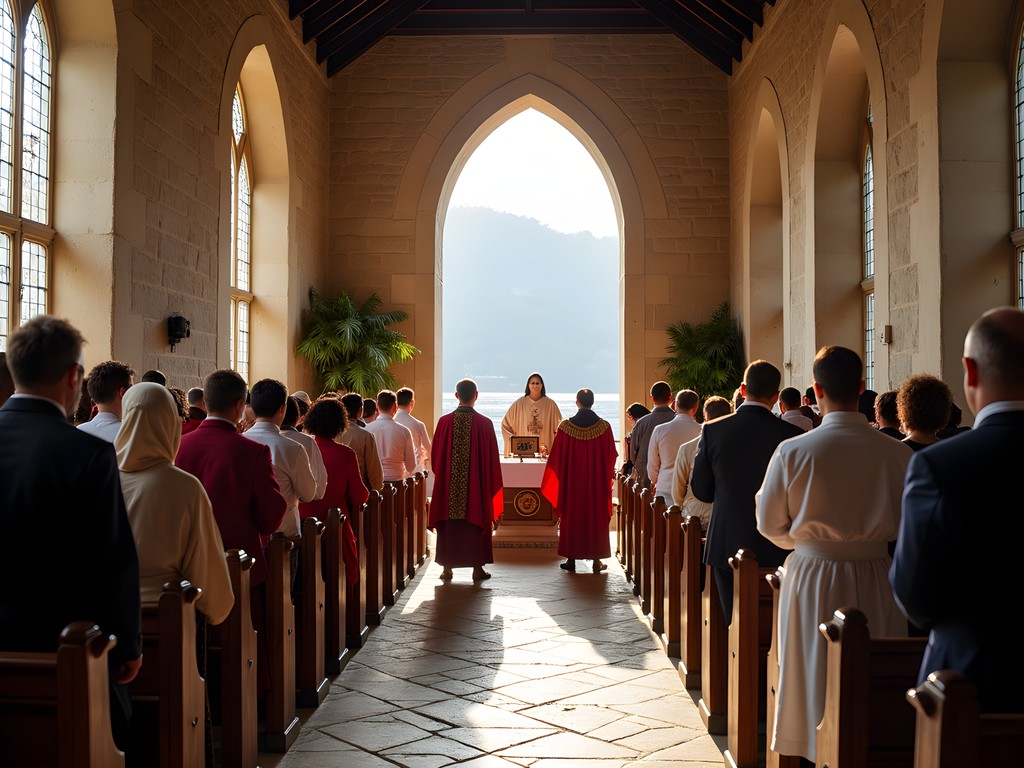
💡 Pro Tips
- Always seek permission before observing religious ceremonies in either location
- In Wachau, visit small village churches where river imagery often appears in unexpected ways in religious art
- When discussing water spirits with Bozo elders in Mopti, approach the subject with genuine curiosity rather than academic detachment
Culinary Currents: River-to-Table Traditions
Food tells stories of place and people like nothing else, and river cuisines offer particularly rich narratives. In Wachau, I participated in a traditional Heuriger (wine tavern) feast where local fish from the Danube—primarily pike-perch and catfish—were served alongside the region's famous apricot dumplings. The meal unfolded on a terrace overlooking terraced vineyards that cascade down to the river, a physical reminder of how the Danube's moderating influence creates the microclimate that allows these crops to flourish.
The tavern owner, a fourth-generation winemaker, explained how fishing rights along the Danube have been regulated since medieval times, with specific families holding hereditary privileges—a system that has created sustainable harvesting practices through centuries of careful stewardship.
In Mopti, my culinary experiences centered around the daily fish market, where dozens of species pulled from the Niger are sorted, bartered over, and prepared. I spent several mornings with a family who specializes in smoking capitaine (Nile perch) using methods unchanged for generations. The matriarch, a woman named Aisha with intricate facial scarification marking her Bozo heritage, showed me how different wood types impart distinct flavors to the fish—knowledge that constitutes both culinary art and cultural heritage.
The most memorable meal came from a riverside food stall where I was served tigadègèna, a fish stew with okra and peanut sauce that perfectly balanced smoky, spicy, and earthy flavors. Eating while watching pinasse boats navigate the Niger's currents created a sensory experience that connected food directly to its source.
For capturing the vibrant colors and textures of these markets, my travel camera proved invaluable. Its compact size allowed me to photograph unobtrusively while its excellent low-light performance handled the challenging lighting conditions of indoor markets and early morning fishing activities.
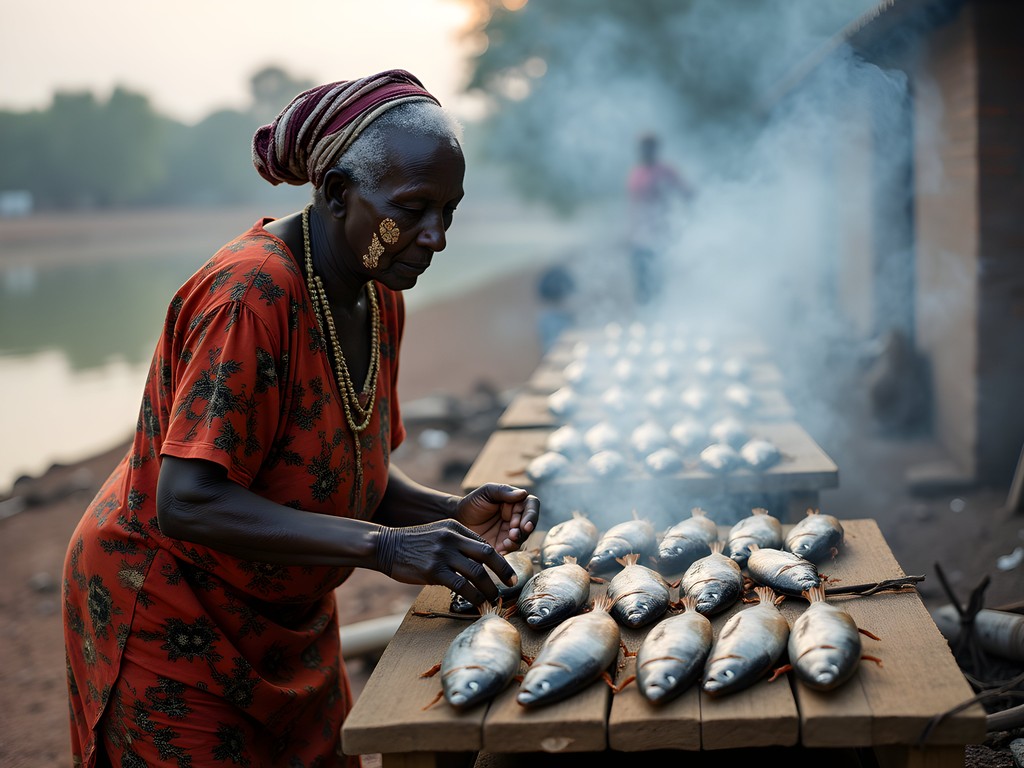
💡 Pro Tips
- In Wachau, look for Heurigen with a pine branch hanging outside—this traditional sign indicates they're currently serving new wine
- At Mopti's fish market, arrive before 7am to see the full spectacle of boats arriving with the night's catch
- When invited to share food in Mali, eating with your right hand is both proper etiquette and connects you more intimately with the meal
Environmental Challenges: Rivers Under Threat
As an anthropologist studying river cultures, I cannot ignore how environmental changes threaten the very traditions I document. In both Wachau and Mopti, river communities face existential challenges, though of different natures and scales.
In Wachau, climate change has begun altering the Danube's seasonal patterns. Several winemakers shared concerns about increasingly unpredictable water levels—both flooding and drought—that threaten vineyards that have produced wine since Roman times. One afternoon, I hiked up to a medieval ruin above Spitz with a local environmental scientist who pointed out how warming temperatures are gradually shifting which grape varieties can thrive in the valley.
Despite these challenges, the Danube benefits from the European Union's extensive river protection regulations. During my stay, I observed a community meeting where residents debated a proposed hydroelectric project, balancing energy needs against cultural heritage preservation—a conversation conducted with the luxury of stable governance and economic security.
In Mopti, the Niger faces more immediate and severe threats. Climate change has accelerated desertification, while upstream dams in Guinea and Mali have altered water flow patterns critical to traditional fishing and agriculture. Political instability in the region has undermined conservation efforts, creating a perfect storm of environmental and social challenges.
I spent a sobering afternoon with a collective of Bozo and Fulani elders who have formed an alliance to document traditional river knowledge before it disappears. Using my portable solar charger to power recording equipment in areas without electricity, I helped them create oral histories of fishing practices, water navigation techniques, and flood prediction methods that have sustained their communities for centuries.
The contrast between these situations—one challenging but manageable, the other potentially catastrophic—highlights global inequities in environmental resilience. Yet in both places, I found communities innovating to preserve their river relationships, adapting traditions rather than abandoning them.
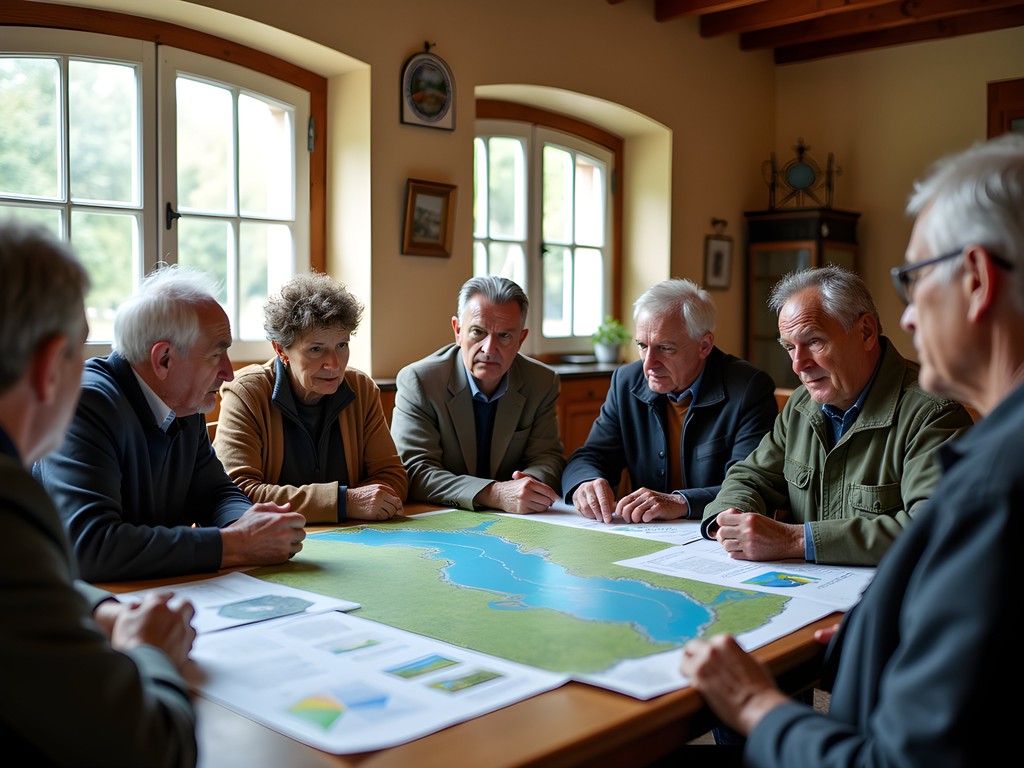
💡 Pro Tips
- Support Wachau's small-scale organic wineries that are implementing climate adaptation techniques while preserving traditional methods
- When visiting Mopti, connect with the Centre Culturel Hampaté Bâ to learn about local conservation initiatives you can support
- Reduce your water footprint when traveling in Mali by using river water mindfully—locals have managed this resource carefully for generations
Bridging Waters: Cultural Exchange and Preservation
My final days in both locations were devoted to a question central to my research: How can river knowledge be preserved while allowing cultures to evolve naturally? This question feels particularly urgent as globalization and environmental change transform river communities worldwide.
In Wachau, I participated in a fascinating initiative where local schools are incorporating traditional river knowledge into their curriculum. I observed a class where teenagers learned historic Danube navigation techniques alongside modern water quality testing—bridging centuries of knowledge in a single lesson. The program director explained their philosophy: "We don't preserve traditions by freezing them in time, but by making them relevant to each new generation."
This approach contrasts with what I witnessed in Mopti, where preservation often focuses on documentation before traditions disappear. At a cultural center funded by international NGOs, I helped digitize recordings of river songs and stories—creating archives rather than living practices. While valuable, this approach carries a certain melancholy, treating traditions as artifacts rather than evolving cultural expressions.
Yet I also found hope in unexpected places. One evening in Mopti, I attended an impromptu musical gathering where young Malian hip-hop artists performed alongside traditional griots. Their lyrics blended ancient river metaphors with contemporary social commentary, creating something both authentic to their heritage and responsive to present realities.
These experiences have profoundly shaped my thinking about cultural preservation. Rather than seeing tradition and innovation as opposing forces, I've come to understand them as complementary currents in the same river—sometimes flowing together, sometimes creating eddies of contradiction, but always part of the same moving body.
For researchers and travelers interested in river cultures, I recommend the waterproof dry bag that protected my field notes and equipment during boat journeys on both rivers. Its durability proved essential during an unexpected downpour in Wachau and while navigating the Niger's choppy waters near Mopti.
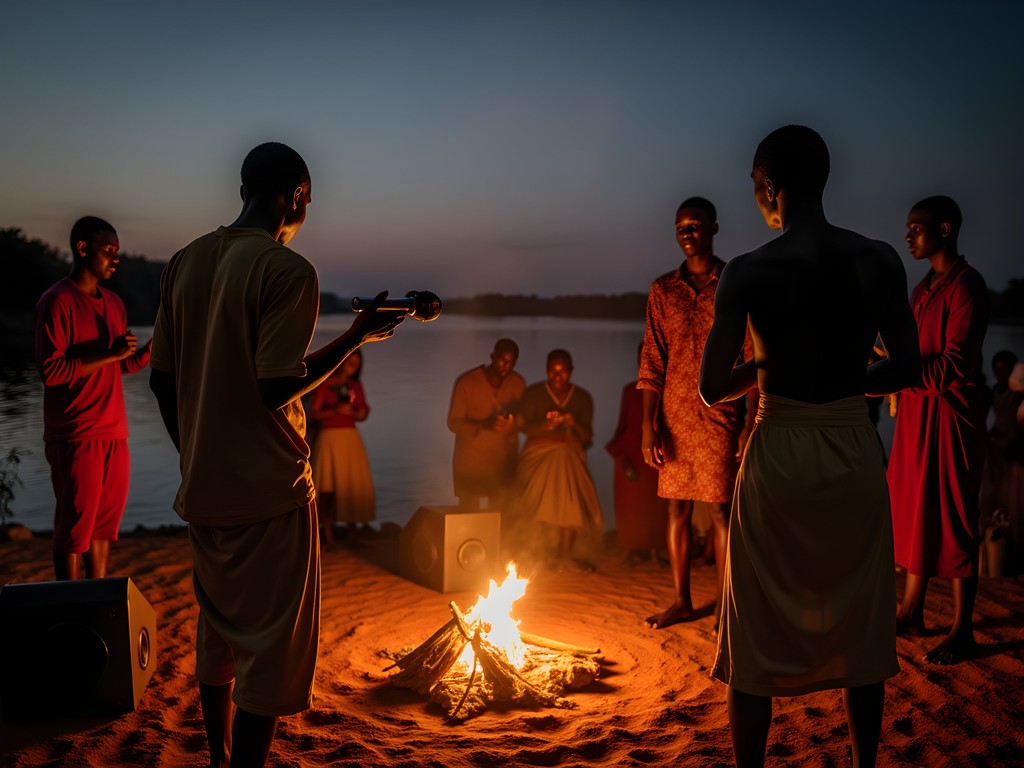
💡 Pro Tips
- Support cultural preservation by purchasing directly from artisans who incorporate river motifs in their work
- Consider volunteering with the Wachau Cultural Heritage Association which welcomes international participants for 1-2 week documentation projects
- When visiting cultural centers in Mali, ask about apprenticeship programs that pair youth with elders to continue traditional river practices
Final Thoughts
As my journey between these two river worlds came to an end, I found myself standing at dusk along different banks—one week on the Danube, the next on the Niger—watching remarkably similar human rituals unfold. Despite vast differences in geography, history, and material circumstances, both communities orient themselves around flowing water with a reverence that transcends cultural boundaries. My comparative research reinforces what indigenous water protectors worldwide have always known: rivers are not merely resources to be exploited but living entities that shape human consciousness. As climate change and modernization threaten river traditions globally, documenting these practices becomes both an academic responsibility and an act of witness. Whether in Europe or Africa, we must recognize that when river cultures disappear, we lose not just picturesque traditions but essential knowledge about sustainable human-environment relationships developed over millennia. I invite you to approach rivers not just as scenic backdrops but as cultural texts waiting to be read—flowing manuscripts that tell us who we have been and, perhaps, who we might become.
✨ Key Takeaways
- River cultures worldwide face similar challenges despite vastly different contexts
- Traditional ecological knowledge about rivers often contains sophisticated sustainability practices worth preserving
- Cultural preservation works best when traditions are allowed to evolve rather than being frozen in time
- Comparative anthropological approaches reveal universal human connections to water across diverse cultures
📋 Practical Information
Best Time to Visit
September-October for Wachau (wine harvest), November-February for Mopti (cooler temperatures, optimal water levels)
Budget Estimate
$2,500-3,500 for two weeks excluding international flights
Recommended Duration
Minimum 5 days in each location to establish meaningful connections
Difficulty Level
Challenging (Particularly For Mopti Due To Political Situation In Mali)

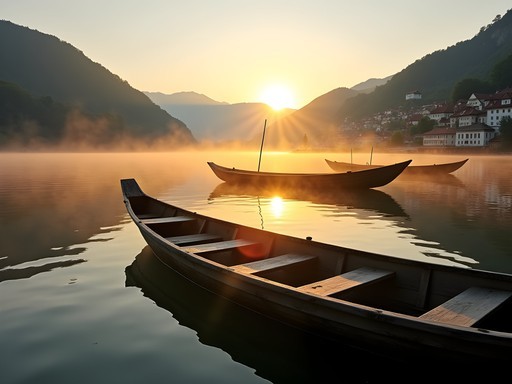
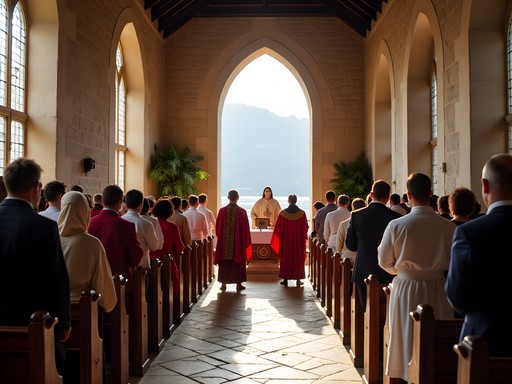
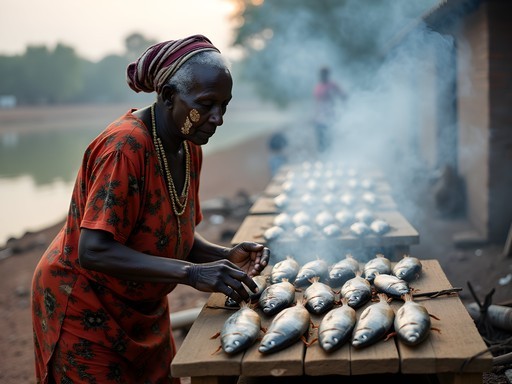

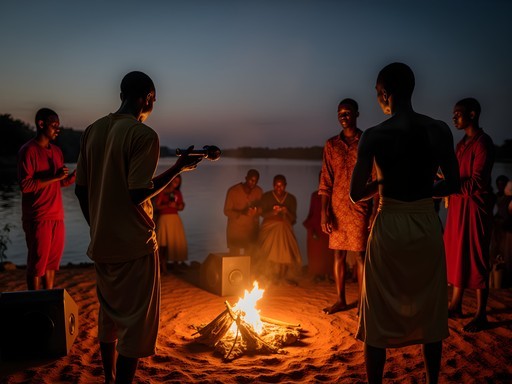









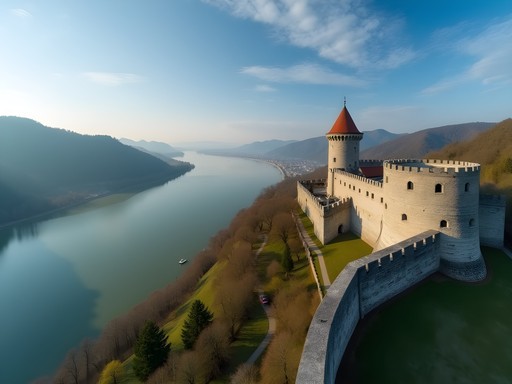
Comments
moonlover
Those sunset photos are incredible! Adding both places to my bucket list right now!
nomadclimber1495
Great post! How's the internet connectivity in Mopti? Need to work remotely for a few days while there.
Lillian Diaz
Not Emilia, but I was in Mopti last year - internet is spotty! Hotel Kanaga had the most reliable connection in my experience.
nomadclimber1495
Thanks Lillian! Super helpful. Will check out that hotel.
Megan Martin
Emilia, what a thoughtful analysis of these two river cultures. As someone who's traveled to both regions for work, I appreciate how you've highlighted both the similarities and differences without falling into the trap of exoticizing either culture. The environmental challenges section particularly resonated with me. During my last visit to Wachau in 2024, several winemakers expressed concerns about changing climate patterns affecting their harvests - an issue that seems to parallel what you described with the Niger's fluctuating water levels. For anyone planning to visit either region, I highly recommend waterproof daypack - it was invaluable during sudden afternoon showers in both locations. And Emilia, if you're planning a return trip, the new cultural center in Mopti is worth visiting - they're doing fascinating work documenting traditional fishing techniques.
nomadclimber1495
Thanks for the tip on the cultural center! Adding it to my list for next month's trip.
beachnomad4915
Never thought about comparing these two rivers but it makes so much sense! Love this unique perspective!
winterfan
That photo of the fishermen on the Niger at dawn is absolutely breathtaking! The lighting is perfect. Did you use any special equipment or just your phone?
Lillian Diaz
Emilia, your comparison between these river cultures resonates deeply with me. Last year I spent three weeks traveling along the Danube, and your descriptions of the Wachau Valley took me right back! The way you captured the spiritual connection people have with these waterways is something I've observed but struggled to articulate in my own writing. That section about the water rituals was particularly moving. I haven't made it to the Niger yet, but it's been on my list forever. Did you find the pinasse boat journeys comfortable for longer stretches? I'm planning a trip for next spring and debating how many days on the water is realistic. Your insights about river-to-table traditions have me even more excited to experience Mali's food culture!
oceanrider
This is exactly the kind of cultural comparison I live for! How difficult was it to arrange transportation in Mopti? I've heard mixed things about travel logistics in Mali.
bluebuddy
Wow Emilia, what a fascinating comparison! I visited the Wachau Valley last summer and was mesmerized by how the vineyards cascade down to the Danube. The way you've connected these two river cultures is eye-opening. Those sunset photos from both locations are absolutely stunning! Did you find the locals in Mopti as welcoming as those in Wachau? The Austrians practically adopted me during my wine tastings there!
moonlover
Bluebuddy - did you try the Grüner Veltliner in Wachau? Total game changer for me!
bluebuddy
Absolutely! I'm still dreaming about it. Brought two bottles home but they didn't last long 😂
backpackhero
WOW! Never thought about comparing these two river cultures but it makes so much sense! Your section on water rituals blew my mind - how similar yet different they are across continents. I've been to Wachau but now I'm adding Mopti to my bucket list (when it's safer to visit). Thanks for opening my eyes to these connections!
Casey Andersson
Your comparison of river-to-table traditions transported me back to a magical evening I spent in Wachau last summer. We stayed at a family-run vineyard overlooking the Danube, where our host prepared the most extraordinary meal featuring freshwater fish caught that morning, paired with their own Grüner Veltliner. The way they spoke about the river - almost as a family member - perfectly illustrates your point about spiritual connection. I brought back a bottle of apricot schnapps that I've been saving for a special occasion. Your beautiful writing about these river communities might just be the reason to finally open it! I documented my own Wachau journey with my travel journal which has become my constant companion on these luxury escapes.
Venture X
Premium card with 2X miles, $300 travel credit, Priority Pass